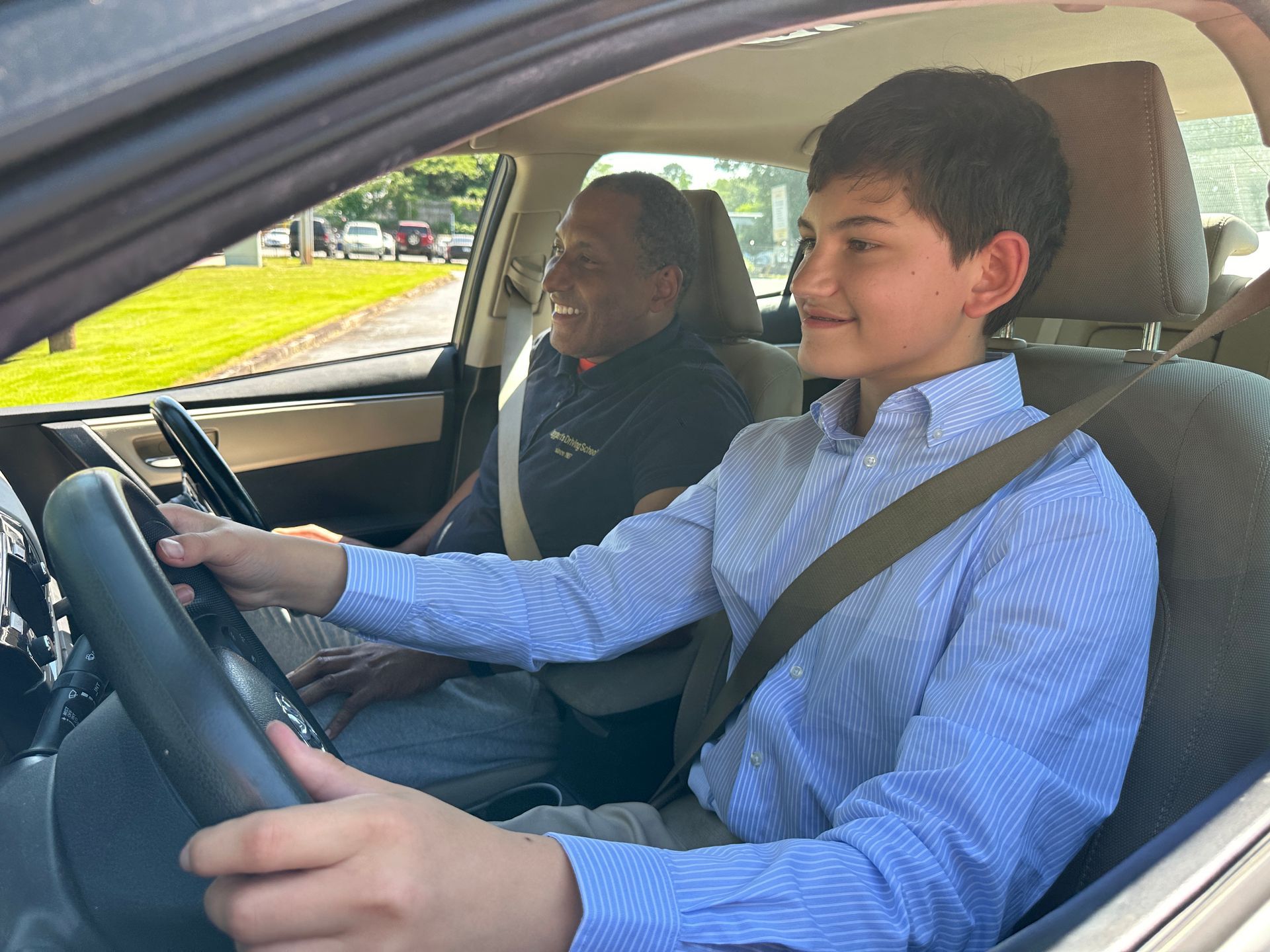Road rage is a scary and all-too-common phenomenon when behind the wheel. Whether you suffer from road rage yourself or end up the victim of an angry driver, road rage puts everybody in the area at risk. Unfortunately, many drivers fail to understand just how prevalent road rage can be - let alone how to deal with it when it occurs.
Any good defensive driving course will include an extensive segment on road rage and how to avoid it. Yet all drivers can benefit from a review of the pertinent information regarding road rage. This article will help to keep your understanding of this frequent issue current by discussing three alarming facts regarding road rage.
1. ROAD RAGE AFFECTS A MAJORITY OF DRIVERS
You might trick yourself into believing that road rage only affects a minority of drivers. Many people think that only people with anger issues in other aspects of their life fall prey to road rage. Yet studies have revealed the startling fact that almost 80 percent of automobile drivers willingly admit to having experienced road rage within the last year.
Road rage specifically involves instances where angry or reckless driving places other drivers at risk of direct harm. This may include behaviors such as bumping, ramming, or otherwise causing contact between vehicles. Road rage may also involve following or confronting other drivers. Many incidences of road rage ultimately involve verbal harassment - or even physical assault.
Members of certain demographics stand a greater chance of developing road rage. Specifically, males younger than 19 tend to display road rage more than other demographics.
2. AGGRESSIVE DRIVING IS JUST AS DANGEROUS AS ROAD RAGE
Road rage falls into a broader category known as aggressive driving. Aggressive driving may include any of the following behaviors:
- Erratic driving
- Failure to signal lane changes
- Obscene hand gestures
- Speeding
- Tailgating
- Yelling
In general, aggressive driving involves the execution of illegal maneuvers. In many cases, aggressive driving behaviors will continue to escalate into road rage. This makes sense when you consider that emotional distress often lies behind instances of aggressive driving. Such a driver may respond to otherwise harmless occurrences by flying into an even greater rage.
3. SMART DRIVING CAN HELP PREVENT ROAD RAGE
Many people fail to realize that the victims of aggressive driving are also at risk of committing road rage. How often have you found yourself growing irritated by a reckless driver weaving through traffic? Even relatively harmless triggers may cause you to unintentionally begin displaying the same sorts of dangerous and aggressive behavior.
For that reason, be proactive about dealing with aggressive drivers in the right way. Retaliation is the worst way to respond to either aggressive driving or road rage because revenge will only escalate the dangerousness of the situation. Instead, make every effort not to let yourself be triggered by the unsafe driving of others.
Avoid making eye contact with aggressive drivers. Give them plenty of room. Most importantly, keep yourself calm. Put on some soothing music if that helps. Or, if you find yourself starting to get heated by the aggression of other drivers, consider pulling over for a few minutes to calm yourself.
A thorough understanding of defensive driving principles allows drivers to minimize the risks of road rage - whether their own or somebody else's. For that reason, the parents of beginning drivers should always enroll them in a defensive driving course taught by reputable professionals.
For more information about keeping your child safe behind the wheel or avoiding road rage yourself, feel free to call the experts at Taggart's Driving School for help.










